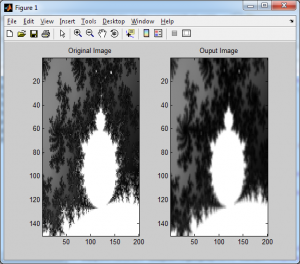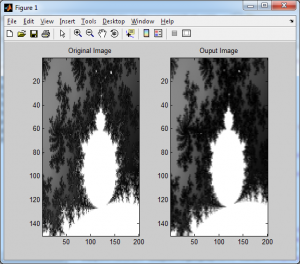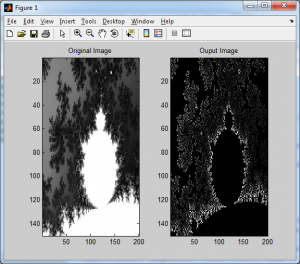Now that we’ve covered the basic of convolution masks, I’d like to cover a few special ones that have interesting uses in image processing. We’ll assume for now that we are simply using 3×3 spatial convolution masks. A highly recommended experiment is to not only test these masks yourself, but to try making larger masks (ie: 5×5, 7×7, etc) of the same type to see what effects it may have. I have included a reference image with the examples below so that you may compare the before/after effects of these masks.
- Blurring/Averaging:
- Motion Blurring (Diagonal):
- Motion Blurring (Horizontal):
- Edge Detection:




